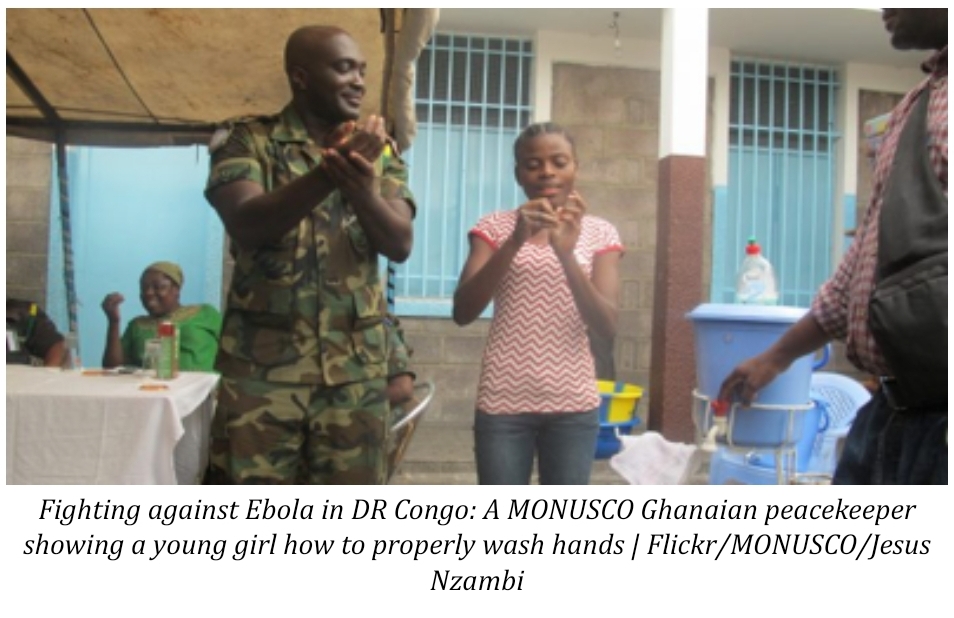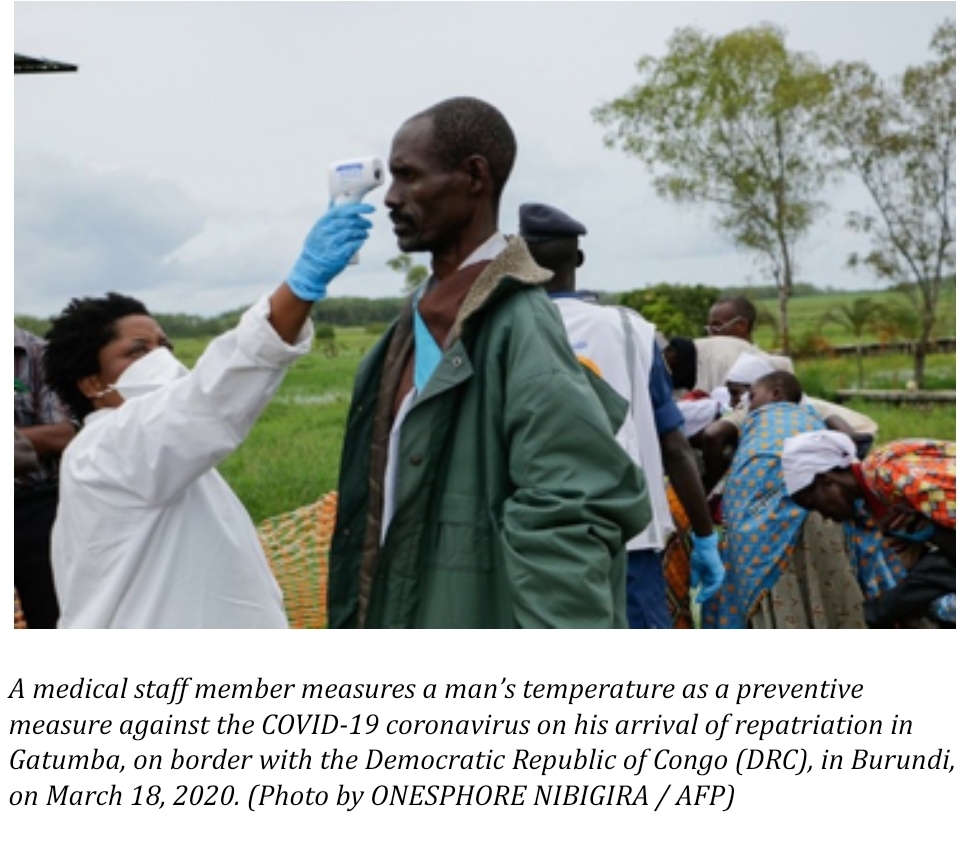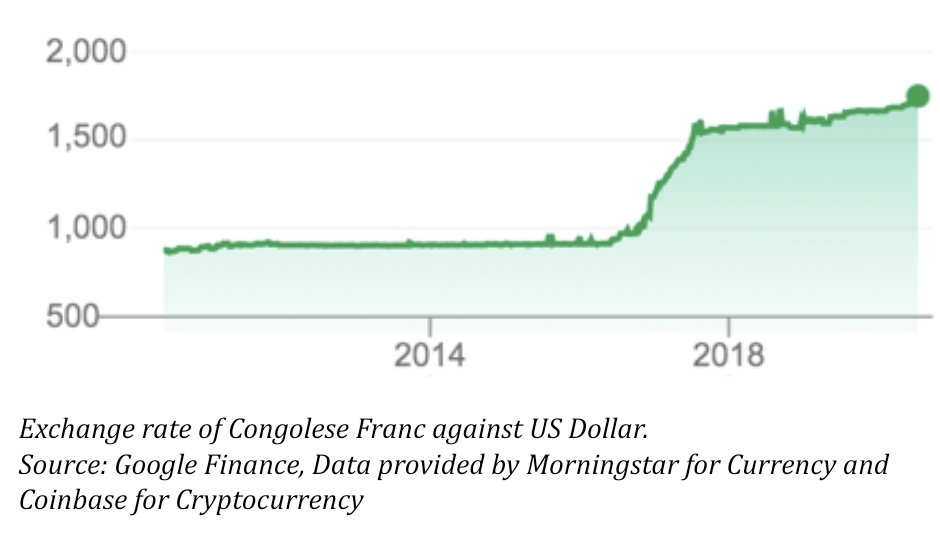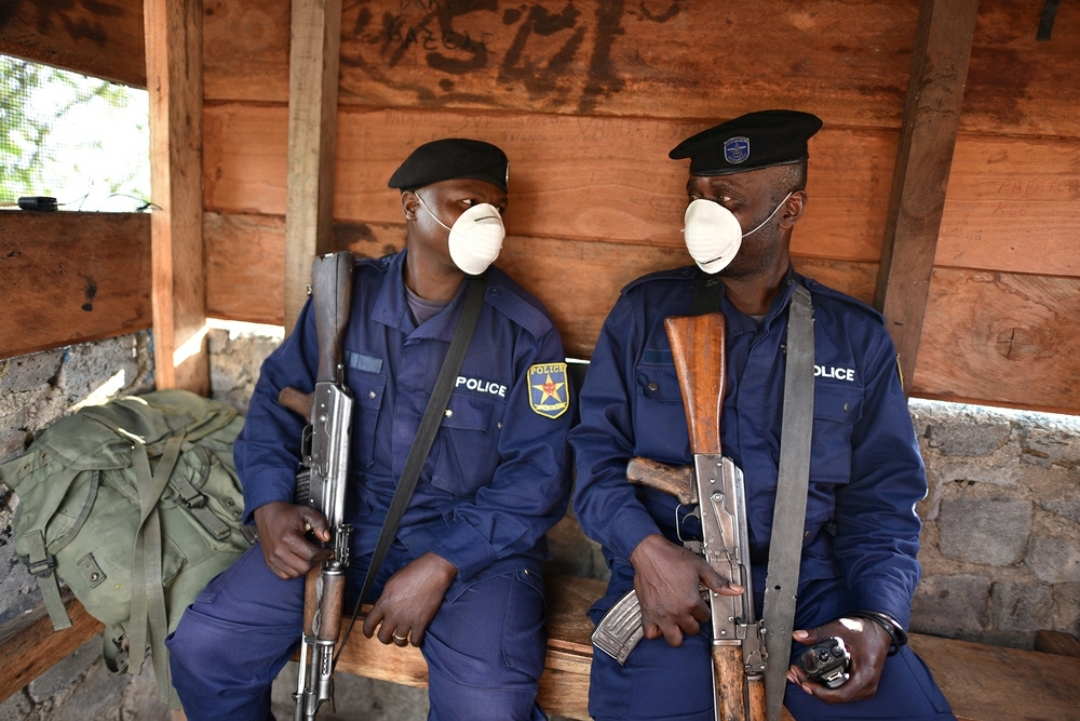Ebola virus seems like a distant memory of the past for most of us, a virus outbreak in 2016. But the Ebola Virus Disease (henceforth abbreviated as EVD) dates to much farther back than that. The first case of this virus was identified in 1976, along the banks of the Ebola river in then Zaire, now Democratic Republic of Congo (henceforth abbreviated as DRC). Until 2014, there were several cases throughout Africa almost every year. But the disease spiked in 2014 and was declared a worldwide outbreak by WHO on 23rd March 2014. Fast forward to two years later, and the virus had to its credit over 28,000 cases and over 11,000 deaths.
Its been 4 years since 2016, but ebolavirus still prevails in the Democratic Republic of Congo. With an average fatality rate of 50%, EVD is communicable through bodily fluids. This puts health workers at a high risk of contracting the fatal disease. In the current scenario, EVD is not the only epidemic, Congo has to worry about. The recent outbreak of COVID 19 has taken the world by surprise, which meant a greater crisis of healthcare in Congo. In fact, Congo was already battling four other epidemics when coronavirus hit the world. Cholera and measles fell together upon Congo in 2016, with 31,000 cases of cholera and over 100,000 suspected cases of measles. Cholera has killed over 260 people, and the measles epidemic has killed over 6000 people in Congo alone. The stats for COVID in DRC however, as on 30 April 2020, hold as a total of 491 confirmed cases with 59 recoveries and 30 deaths.

Health conditions continue to worsen in Congo, and WHO funding falls short by an estimated US$ 40 million, even after the assigned US$ 83 million. In the word of UNICEF representative Edouard Beigbeder, “Coronavirus will most likely divert the available national health capacity and resources, and leave millions of children affected by measles, malaria, polio and many other killer diseases”
This leads to thinking of whether the health situation in Congo has ever been stable?

The count for ebola cases has been steadily rising over the past 2 months; from 3444 cases on 17 March, to 3453 cases on 7 April, to 3456 cases on 10 April, and the latest WHO tally takes the number to 3641 cases as of 21 April.
Around the same time as the EVD outbreak, one can notice the sudden spike in the exchange rate of the Congolese franc. The economy went from bad to worse, and continues to worsen. The Congolese franc used to average an exchange rate of 900 per dollar in June 2016, which changed in a matter of one year. By September 2017, the value had depreciated to 1500 per dollar. These factors collectively continued to worsen life for the residents of Congo, and they were left struggling to cope with inflation. Buying even everyday necessities had become unaffordable, as sellers had increased prices to make ends meet.

Battling four epidemics, dealing with a not-so-democratic democracy, the falling economy and the already prevalent standard of living are the aspects that are making COVID-19 a difficult obstacle to tackle. So while the world is thinking about when the COVID-19 lockdown will end, DRC is in its own fix trying hard to fix up ebola, cholera, measles, and malaria.
Written by: Shlok Sampat
Literary Sources:
who.int/
https://www.theguardian.com/global-development/2019/feb/09/democratic-republic-of-the-congo-election-a-defeat-for-democracy-disaster-for-people-mo-ibrahim
https://www.reuters.com/article/us-congo-finances/with-congo-finances-collapsing-desperate-government-has-few-options-idUSKCN1AX1TF?il=0
Image Sources:




